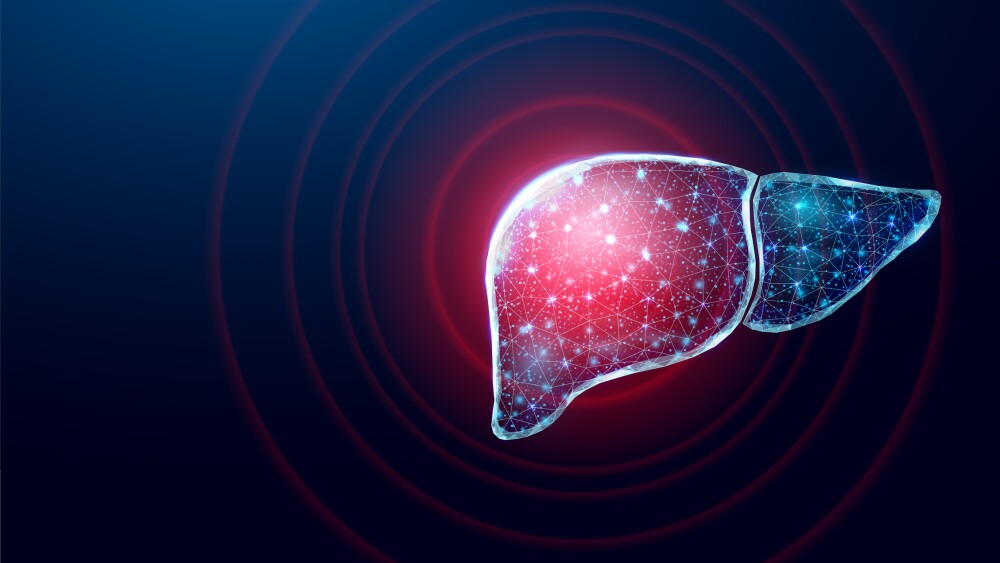Preparation of a Phase II program for THN101 in patients with neuropathic pain
Preparation of a Phase II program for THN101 in patients with neuropathic pain
Lyon, 15 October 2018– On the Global Day Against Pain, Theranexus, a biopharmaceutical company innovating in the treatment of neurological diseases and pioneer in the development of drug candidates modulating the interaction between neurons and glial cells, announces its plan to launch a Phase II clinical trial to treat neuropathic pain with its drug candidate THN101 in the first half of 2019.
After initiating two Phase II clinical trials evaluating THN102’s effects on excessive daytime sleepiness (EDS) in narcolepsy and Parkinson’s disease patients, as well as a Phase Ib proof-of-concept clinical trial testing THN201 on neurocognitive disorders related to Alzheimer’s disease, Theranexus continues to roll out its portfolio in clinical trials, putting forth its third drug candidate, THN101, which is designed to improve treatment of neuropathic pain. In preclinical studies, drug candidate THN 101 has already demonstrated its superiority over the standard of care drug in combatting the two main symptoms characterizing this type of pain, hyperalgesia[1]and allodynia[2]. The preclinical studies also allowed to adjust the appropriate dose and confirmed the drug’s safety.
“Faced with the significant medical needs of nearly 63 million patients which are unmet by the current therapeutic arsenal and the strong industrial traction gained towards identifying therapeutic innovations to treat neuropathic pain,we have decided to accelerate the clinical program for our drug candidate THN101. We are planning to launch a Phase II clinical trial in the first half of 2019 to demonstrate the superior efficacy of THN101 compared to the standard of care drug in these patients suffering from debilitating neuropathic pain. In the wake of progress achieved by the company’s other programs, this industrial opportunity dovetails with our ambition to rapidly deploy the clinical portfolio of drug candidates on high value potential markets,” concluded Franck Mouthon,Chairman and CEO of Theranexus.
About neuropathic pain and THN101
Neuropathic pain results from injury to or disease of the somatosensory system. Recent data indicate that nearly 63 million people are affected worldwide. Neuropathic pain is associated with a large number of pathologies (diabetes, infections, cancer, trauma, etc.). First-line treatments include tricyclic antidepressants (amitriptyline and imipramine), serotonin and norepinephrine reuptake inhibitors (duloxetine and venlafaxine) and antiepileptic drugs.Second-line treatments consist of opioids.However, these different lines of treatment have limited efficacy, the main medical need in this area, as only 25% of patients treated experience more significant improvement than placebo-treated patients in controlled clinical studies. There is now a genuine need to reinforce the therapeutic approach in the pathology of neuropathic pain. It is important to note that neuropathic pain is generally more severe than other chronic pain in terms of intensity and duration, results in more consultations, greater drug use and has a much stronger impact on patients’ mood, anxiety levels, sleep and quality of life in general.
The Phase II clinical trial, THN101-201, will be the first evaluation in patients suffering from neuropathic pain of the efficacy of the THN101 product (amitriptyline 25 mg/day and mefloquine 10 mg/day) versus placebo and versus active comparator (amitriptyline).
At the outcome of THN101’s ongoing safety, tolerance and pharmacokinetics program phase, this Phase II clinical trial, a “proof-of-concept” study, will be conducted as a double-blind, randomized, parallel-group study lasting eight weeks (six weeks of double-blind treatment, two weeks of washout). The study will include 370 patients with neuropathic pain of diabetic or post-herpetic origin (following shingles). Its main endpoint will be based on regular self-assessment of pain by the patient using a numerical scale from 0 (no pain) to 10 (maximum pain). Various secondary markers as well as treatment tolerance will be recorded throughout the study. Finally, in light of the abovementioned information, this study will be performed by a total of 40-45 investigation centers in Europe.




